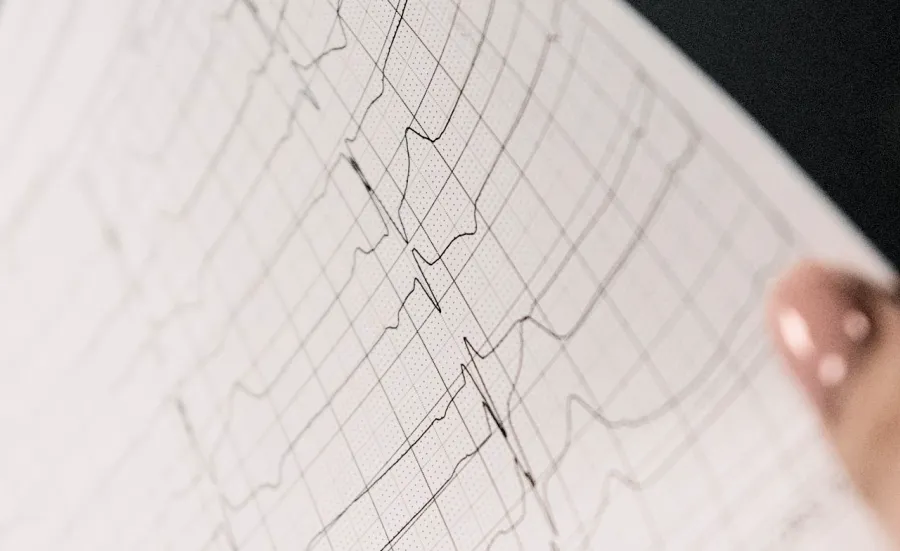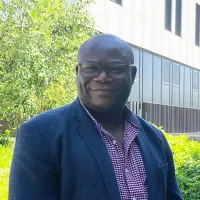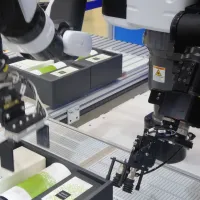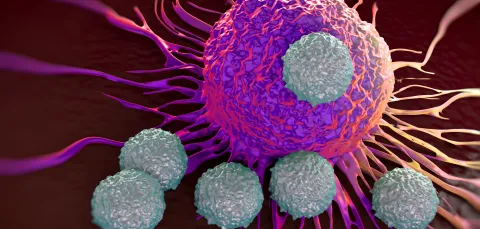University mathematics expert Alain Zemkoho had worked on optimising decisions in areas such as transport. PhD supervision led to him and his team developing a way cardiologists can use hours, not seconds, of data provided by heart activity tests.
Alain Zemkoho was asking an project intern what he was interested in researching. They had a family history of heart conditions and wanted to use mathematics to study how treatment could be improved.
“I knew machine learning could help solve problems in the treatment of heart disorders,” says Alain, who's worked on optimising decisions in areas such as transport. “But we needed to find an expert partner working in cardiology.” He found out about a local clinician who might be able to help from a fellow member of a University research centre, CORMSIS.
Meeting the cardiology researcher at University Hospital Southampton, Alain got a problem to tackle. It would lead to him and his team developing a way for cardiologists to quickly assess masses of heart activity data to decide if a treatment was suitable for patients.
Hospitals need to assess more heart activity
The cardiology researcher, Professor Paul Roberts, underlined how an alternative to traditional pacemakers saves lives but does not work well for every individual.
These subcutaneous or under-skin cardiac defibrillators (S-ICDs) shocks patients whenever they detect a need to restore a heart’s natural rhythm. But the electrical activity of some people’s hearts is prone to triggering unnecessary, potential harmful shocks, he underlined.
Hospitals testing a person’s heart activity for a few seconds with an electrocardiogram (ECG) may struggle to find the electrical waves that could prompt such unneeded shocks.
The cardiologists knew that looking at the electrical wave data from a person’s heart over a period of hours rather than seconds would better indicate a patient's suitability for defibrillation. But they didn't know how this could be done.
Alain, recalling the meeting with Paul, says: “We understood how more accurately identifying patients unsuited to an S-ICD is an important problem."
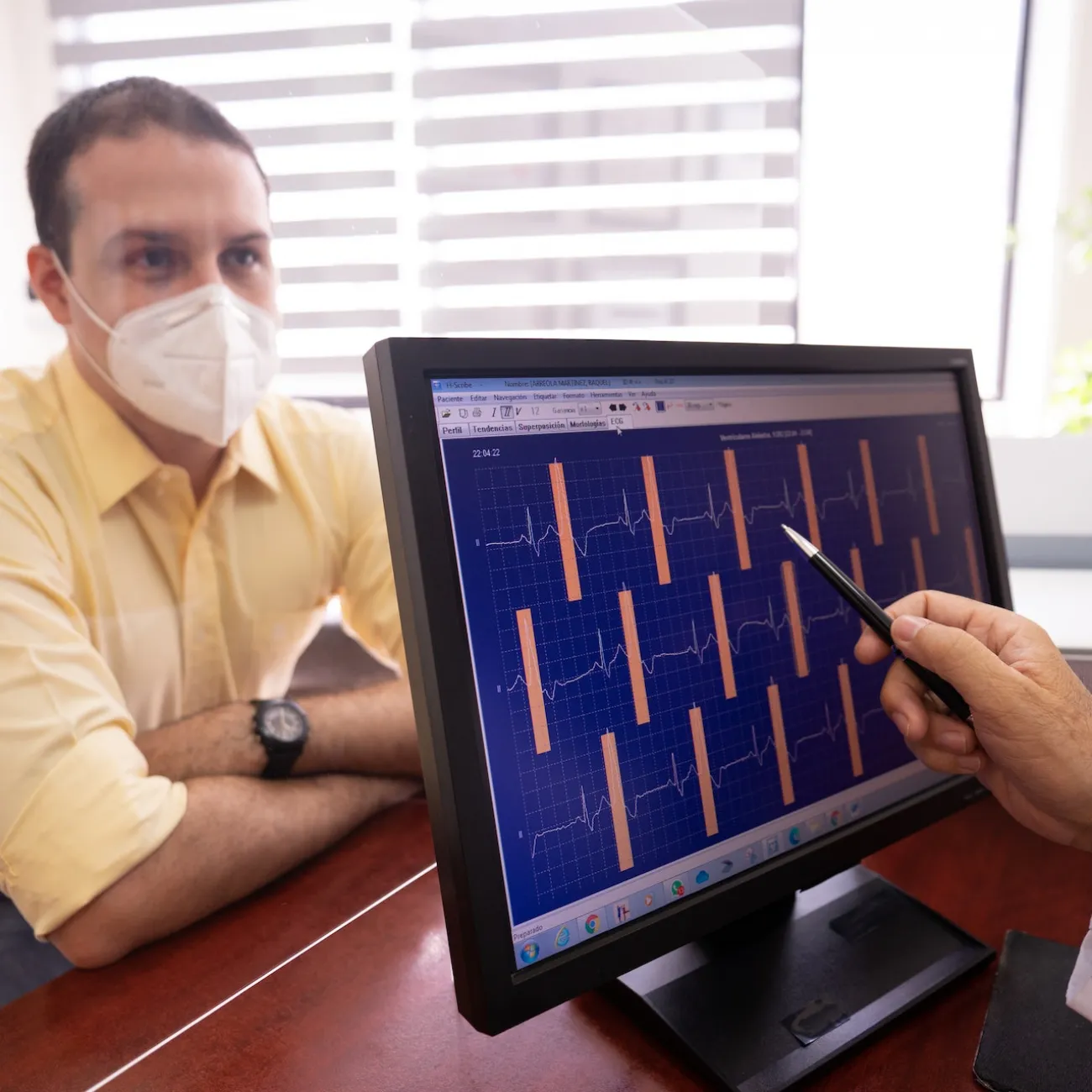
Working out how to assess masses of data
So Alain, his PhD student, Anthony Dunn, and colleague Stefano Coniglio had a challenge on their hands. "How can a cardiologist interpret the masses of electrical wave data that would be gathered over the course of a day?” Alain says.
“This wasn’t easy. To start with, we didn’t have any data. We had to train a deep learning model to identify patterns and for that, you need real patient data. Many algorithms had been built in this area, but not on this problem."
So the team of mathematicians worked with a team of cardiology researchers to collect and prepare data from 37 patients.
A bigger challenge was how to analyse data as complex as a person's electrical impulses over 24 hours.
A tool cardiologists can use themselves
The research team's solution was to transform the heart activity data into diagrammatic form with a mathematical technique called phase space reconstruction. In this way, they produced diagrams they used to train the deep learning model to recognise patterns.
In this way, the model, to be deployed as software called Deep S-ICD, can reveal patients with electrical wave activity that a defibrillator is likely to misread.
The collaborating research teams are talking to the Medical Research Council about funding for clinical trials. Their aim is to get the tool approved so cardiologists can use it themselves to decide on patients’ treatment.
Alain is pleased that all the work is paying off. "Maths can solve real-world problems," he says. “The potential for the tool is very high."
